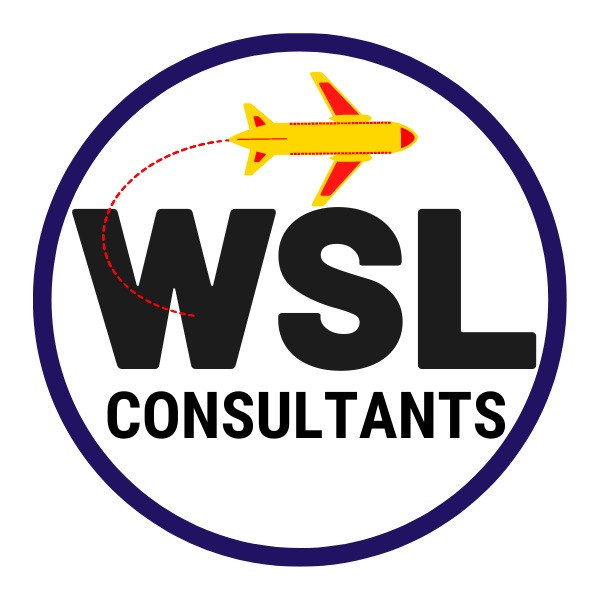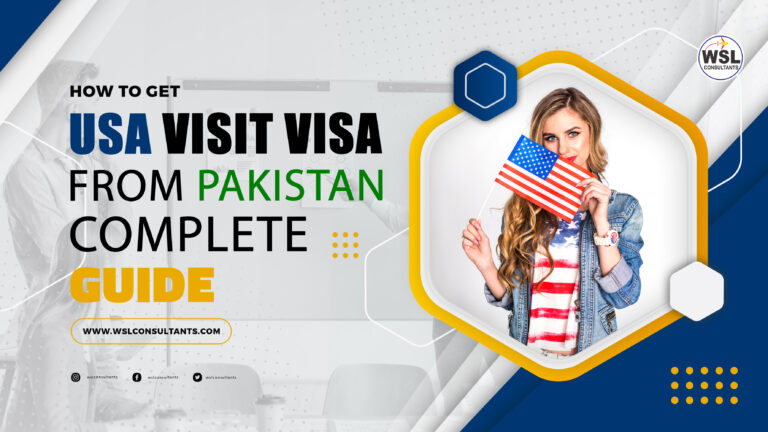Navigating Visa Extensions to study in USA
Navigating visa extensions to continue study in USA is a crucial aspect of the international student experience. For many students, obtaining a visa extension is essential to furthering their education, pursuing advanced degrees, or completing specific academic programs. However, the process can be complex, requiring careful planning, adherence to immigration regulations, and timely submission of documentation. In this introduction, we delve into the intricacies of navigating visa extensions, offering guidance and insights to help students successfully extend their study in USA to pursue their educational goals.
Visa Extensions to study in USA
1. Understand Visa Expiration Dates:
- Your student visa (typically F-1 or J-1 visa) has an expiration date indicated on the visa stamp in your passport. This date signifies the last day you can enter the United States. It’s essential to be aware of this expiration date to avoid complications with your status.
2. Know Your Program End Date:
- Your program end date is determined by the completion of your academic program, including any optional practical training (OPT) or academic training (AT) authorized by your school’s designated school official (DSO) or program sponsor. Make sure you know your program end date as it affects your eligibility for a visa extension.
3. Eligibility for Visa Extension:
- To be eligible for a visa extension, you must maintain lawful F-1 or J-1 status throughout your stay in the USA. This includes maintaining full-time enrollment, staying in good academic standing, and complying with all visa regulations and reporting requirements.
- You may be eligible for a visa extension if you need additional time to complete your academic program, engage in authorized practical training, or pursue a degree program at a higher academic level.
4. Consult with Your Designated School Official (DSO) or Program Sponsor:
- If you believe you need to extend your student visa, schedule an appointment with your DSO (for F-1 students) or program sponsor (for J-1 students) as soon as possible to discuss your situation and explore your options.
- Your DSO or program sponsor can provide guidance on the visa extension process, document requirements, application deadlines, and any applicable rules or regulations governing visa extensions.
5. Obtain Necessary Documentation:
- Depending on your circumstances, you may need to provide supporting documentation to substantiate your request for a visa extension. This documentation may include a letter from your academic advisor or program director confirming your need for additional time, a revised Form I-20 (for F-1 students), or a DS-2019 (for J-1 students).
6. Submit Visa Extension Application:
- Follow the instructions provided by your DSO or program sponsor to submit your visa extension application. This may involve completing and signing the appropriate forms, providing required documentation, and paying any applicable fees.
- Be mindful of application deadlines and processing times, and submit your extension application well in advance of your current visa expiration date to allow sufficient time for processing and adjudication.
7. Monitor Application Status:
- Once you’ve submitted your visa extension application, monitor its status closely by communicating with your DSO or program sponsor and following up on any requests for additional information or documentation from the U.S. Citizenship and Immigration Services (USCIS) or Department of State.
- Be proactive in addressing any issues or delays that may arise during the application process to ensure timely resolution and avoid disruptions to your status.
8. Await Approval and Receive Updated Documentation:
- Upon approval of your visa extension application, you will receive updated immigration documents, such as a new Form I-20 (for F-1 students) or DS-2019 (for J-1 students), reflecting your extended program end date.
- Keep copies of your updated immigration documents for your records and carry them with you whenever you travel internationally or interact with immigration authorities.
9. Comply with Visa Regulations:
- Once your visa extension is approved, continue to comply with all visa regulations, reporting requirements, and conditions of your stay in the USA.
- Maintain communication with your DSO or program sponsor, adhere to any employment restrictions or limitations imposed by your visa status, and notify authorities of any changes to your academic program or personal circumstances.
10. Plan Ahead and Seek Assistance:
- Plan ahead and initiate the visa extension process well in advance of your current visa expiration date to avoid last-minute complications or issues.
- If you encounter challenges or uncertainties during the visa extension process, don’t hesitate to seek assistance and guidance from your DSO, program sponsor, immigration attorney, or international student advisor for clarification and support.
Navigating student visa extensions in the USA requires careful planning, communication, and adherence to visa regulations. By understanding the process, consulting with your DSO or program sponsor, gathering necessary documentation, and following application procedures diligently, you can successfully extend your student visa and continue pursuing your academic and professional goals in the United States.


